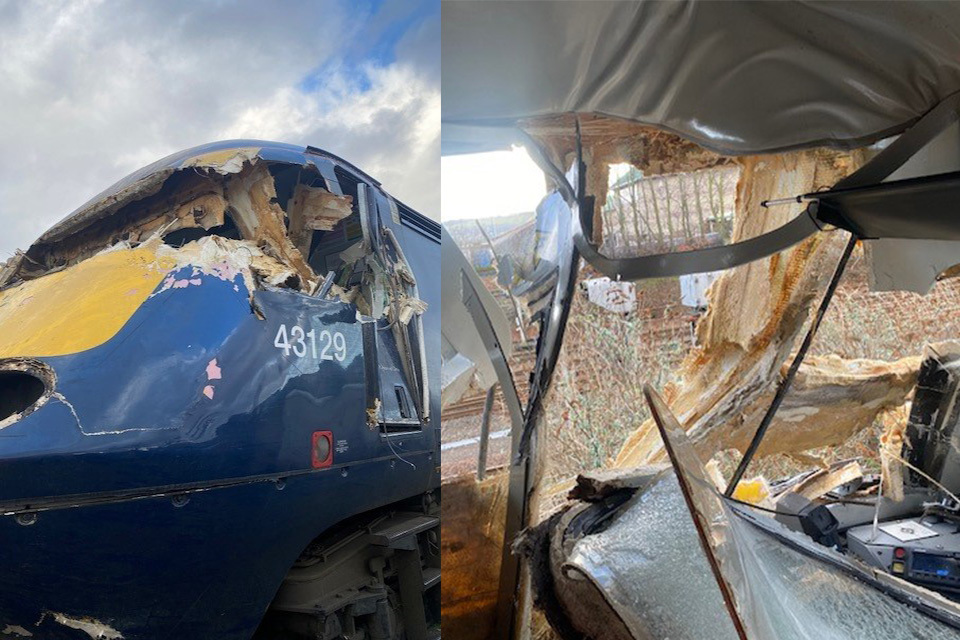Newtraveller58
Member
- Joined
- 2 Apr 2018
- Messages
- 20
While I accept that removal as soon as possible is desirable, removal without replacement would result in an overall worsenment of public safety. If the train service has to be withdrawn (or partially withdrawn), passengers will have to travel by road in replacement bus or private car. Having regularly driven on both the A90 to Aberdeen and the A9 to Inverness, I definitely feel much safer in a train of any description. If the Scottish Government has money to invest, the biggest safety bang for your bucks has to be removing the flat junctions and right turn options on these 2 roads.6. Make a commitment to ASLEF of a removal date ASAP, and replacement with ex EMR 222s, which should start to come available in 2025, and match the number of vehicles required. This should mean removal within the next eighteen months to two years is possible.
If that date slips for some reason, stop the fleet at that point regardless, and make up the slack with the existing fleet as far as possible.
I was never a train driver but regularly required to travel in cabs when I was working. I would much prefer to be in a class 43 cab than in the driver‘s seat in a Citylink bus at 70 mph.
Having been around in the 70s when these were built, it was necessary to minimise weight so that they could use existing structures and track at higher speeds. Welding on chunks of metal would have pushed the weight up reducing acceleration and potentially maximum permissible speed over certain structures.There's a excerpt from a BBC Schools programme about plastic manufacturing methods featuring footage showing the cabs under construction at Crewe. It mentions that they were only designed to withstand collisions with birds (a 4lb bird at a speed of 125mph). It also mentions that steel and aluminium were rejected primarily due to manufacturing cost reasons.
(See also this technical paper from BR's Technical Centre in Derby)
The only steel reinforcement in the moulding was around the bottom edge, where they had to bolt to the underframe. I wonder if any thought at all was given to including vertical reinforcement up the A-pillars and around the screen (as is commonly done on GRP car bodyshells, to provide rollover protection). That would have required the steel 'cage' to be welded in a jig before being added tp the inner cab mouldings during the layup process. This would have brought a small weight penalty, but I expect would also have had led to a significant manufacturing cost increase.
A contemporary Reliant or Lotus would have a bodyshell constructed in basically the same way, but they would at least have a sacrificial crumple zone between the nose and the driver (which only had to be designed to pass a 30mph crash test).
In addition, the HSTs were designed as a stop gap until the APTs could be introduced into squadron service (at that stage to be powered by gas turbines!).

